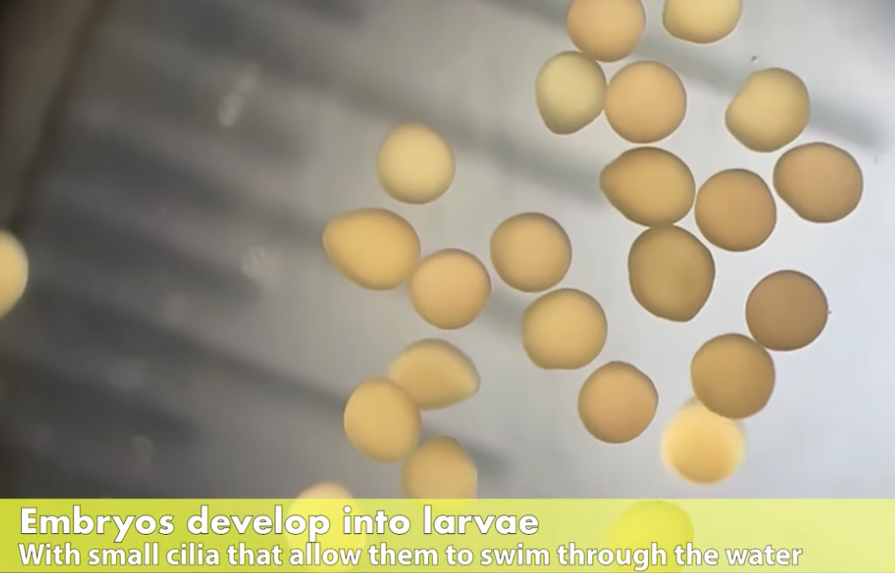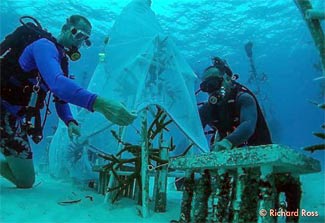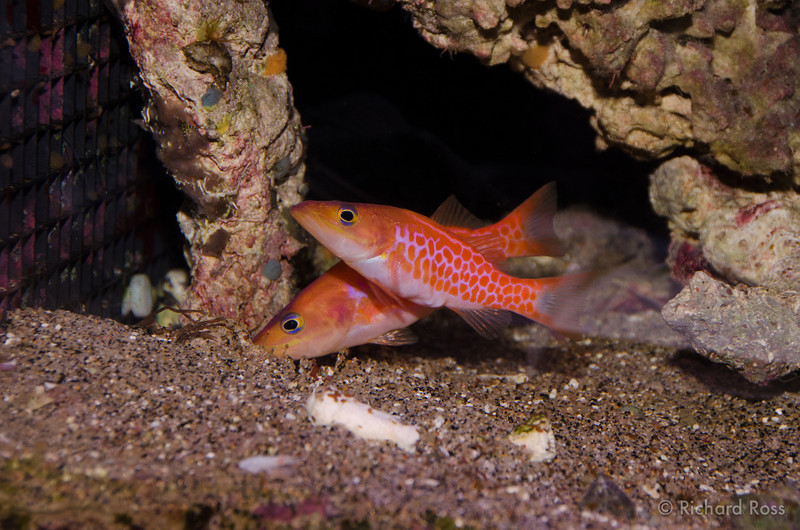Richard Ross’s Home Coral Breeding Video is a Recipe for All Reefers

The successes of pioneering individuals and institutions couldn’t have come at a more noteworthy time either, as we not only face the threat of potential collection bans which could affect our hobby, but the world’s wild corals face new, increased threats of localized extinction and need to be at least preserved until we can fix the oceans on a much bigger scale.
That’s why when we just watched Richard Ross breeding hard corals at home it flicked an internal switch that made us think about the bigger picture. About not just dozens of people breeding their own corals at home in the future, but the potential for thousands of people to spawn and raise corals in captivity, supplying not just their own domestic aquarium markets but unlocking the key to wild coral conservation at the same time.

Thanks to people like Jamie Craggs, Keri O’Neil, Richard Ross, and the coral suppliers who are investing in captive spawning, for the first time, the future of our hobby (and reef conservation in general,) looks really, really bright, and It makes us want to fast forward another ten or twenty years to see where it takes us.
For the first time, there is a scalable, repeatable recipe for spawning and raising corals, and it’s one that skilled hobbyists can even do from home. Please watch and remember this video, as it represents something that is nothing short of remarkable.


